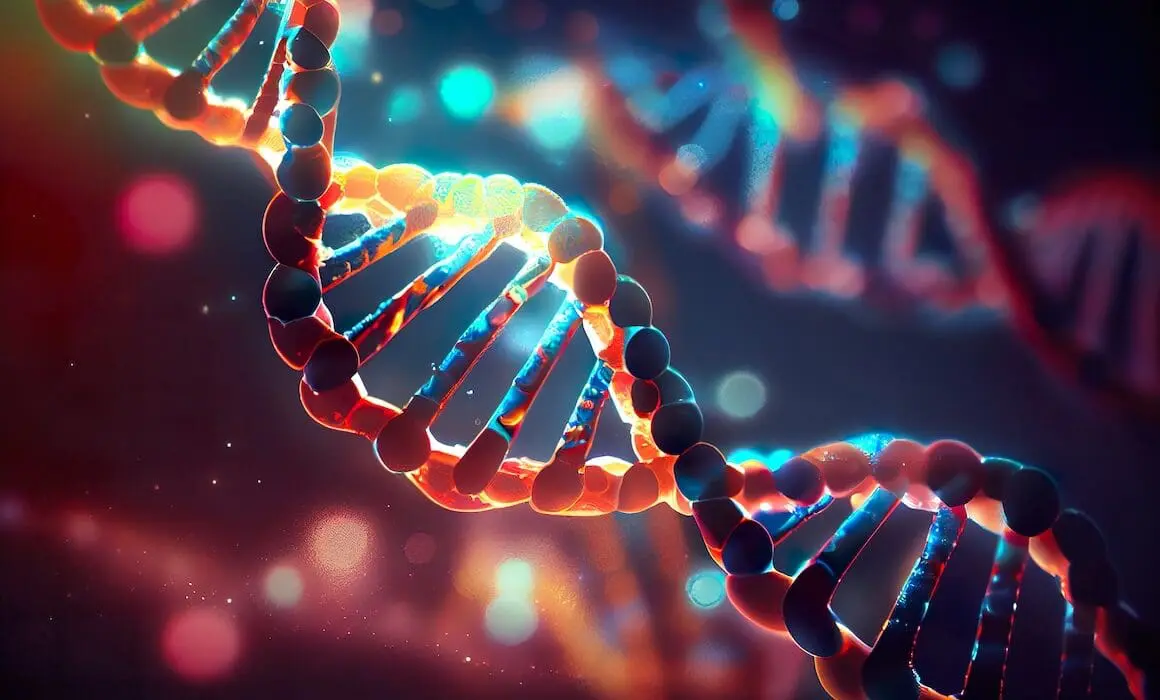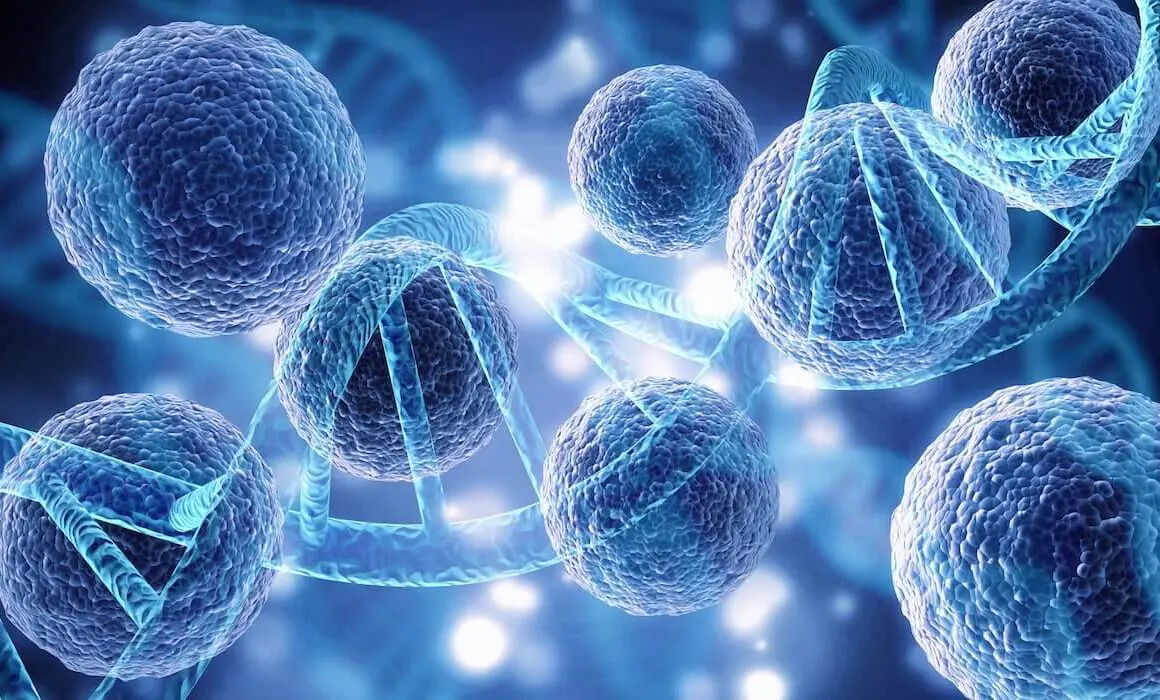
Researchers at the Technion Faculty of Biology have identified potential new innovative genetic therapies for cancer and brain diseases.
The findings were supported by the Israel Science Foundation (ISF), the US-Israel Binational Science Foundation (BSF), NSF-BSF Molecular and Cellular Biosciences, and the National Institutes of Health (NIH) and were published in the peer-reviewed journal Nucleic Acids Research.
The study was conducted in collaboration with the research group of Professor Heather Hundley from Indiana University and was led by Ph.D student Berta Eliad, master’s student Noa Schneider, and their advisor, Associate Professor Ayelet Lamn.
The primary function of RNA is to create proteins through a biological process known as translation. In this process, RNA transmits genetic information that ribosomes translate into different proteins essential for cellular functions.
Our body uses an RNA editing system to make these proteins. RNA editing is a common post-transcriptional structure that is key for RNA function. RNA editing is a naturally occurring phenomenon in cells, but these researchers wanted to explore the possibility of directing these processes to repair mutated RNA.
The most frequent type of RNA editing is A-to-I RNA editing. This form of RNA editing is conducted by an enzyme called ADAR (Adenosine Deaminases Acting on RNA), altering one of the molecules within double-stranded RNA, converting it from adenosine (A) to inosine (I).
Keep reading at msn.com.



